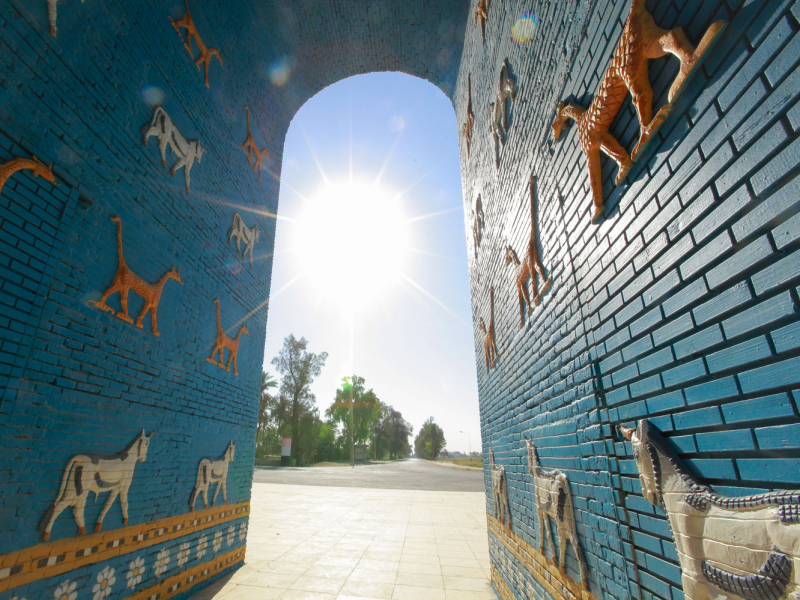- The ancient city of Babylon, located in present-day Iraq, has just been named a UNESCO World Heritage site.
- The 4,000-year-old metropolis, which developed into one of the world’s largest and most prominent cities under Hammurabi’s rule, was once the capital of the hulking Babylonian Empire.
- The site was also famously home to the Hanging Gardens, one of the seven wonders of the ancient world.
- Though the ruins have sustained significant damage due to time and the US military occupation of Iraq in the early 2000s, added protection from the UN should help preserve the stunning and prominent relics of this historic city.
- Visit INSIDER’s homepage for more stories.
On Friday, July 5, the UNESCO World Heritage Committee voted to add the historic city of Babylon to its list of World Heritage sites.
The 4,000-year-old metropolis, which developed into one of the world’s largest and most prominent cities under Hammurabi’s rule, was once the capital of the hulking Babylonian Empire. The site was also famously home to the Hanging Gardens, one of the seven wonders of the ancient world.
Though the ruins have sustained significant damage due to time and the US military occupation of Iraq in the early 2000s, added protection from the UN should help preserve the stunning and prominent relics of this historic city.
Here are 13 photos that show what it’s like to visit Babylon, a city that the UN called “unquestionably one of the most important archaeological sites in the world.”
On Friday, July 5, the UNESCO World Heritage Committee voted to add the historic city of Babylon to its list of World Heritage sites.

The ancient metropolis, which developed into one of the world's largest and most prominent cities under Hammurabi's rule, was once the capital of the hulking Babylonian Empire.

Source: NPR
Located about 50 miles south of Baghdad, Babylon is more than 4,000 years old.

Source: History.com
Iraqi officials and preservationists had long campaigned to see the ruins protected through the UN, according to the Associated Press.

Source: History.com
The site was famously home to the Hanging Gardens, one of the seven wonders of the ancient world.

Though the city is both beautiful and striking, visiting Babylon today is a somewhat understated experience.

Source: Khan Academy
After the United States invaded Iraq in 2003, troops constructed a military base on the ruins of Babylon. According to UNESCO, the base caused “major damage” to the archaeological site.

Source: UN
Much to the chagrin of archaeologists, Saddam Hussein's Iraqi government attempted to reconstruct much of the ruins using modern bricks.

Source: History.com
Still, the ancient city is home to many authentic archaeological feats that visitors have been able to explore since the site reopened to tourists in 2009.

Source: History.com
The Ishtar Gate, which served as the main entrance to the ancient city, was adorned with blue, glazed bricks.

Source: History.com
The portal also features intricate designs of bulls, dragons, and lions.

The Lion of Babylon stands tall and intact on the ancient city's grounds.

Now that the city is a UNESCO World Heritage site, all of its monuments and ruins will be better protected from further damage.

- Read more:
- 7 best girlfriends made a promise to retire together and spent $580,000 building their dream home years before they move in
- Photos show what the 'American' food aisle looks like in grocery stores around the world
- The 30 best places to visit in the world, ranked
- The winner of this year's National Geographic Travel Photo Contest is a picture of a tiny village in Greenland where the building colors signify their function

